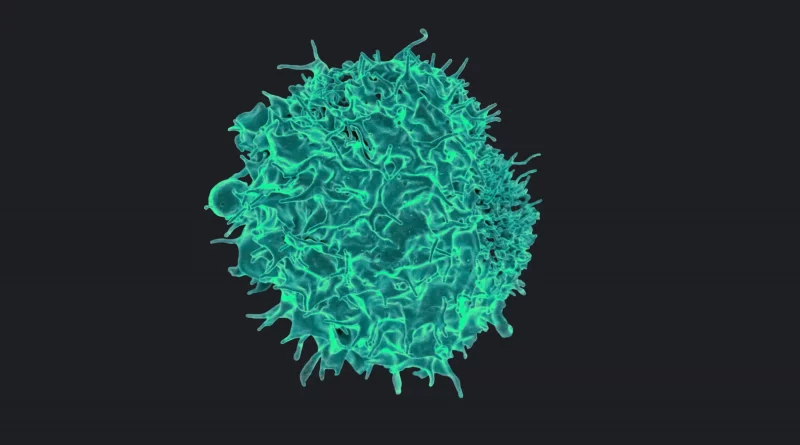Nutcracker’s mRNA Drug Candidate for Prostate Cancer Effectively Targets CD3 T cells
Preclinical data shows that Nutcracker’s mRNA drug candidate NTX-470 effectively targets CD3 T cells, demonstrating selective engagement with minimal unintended interactions and decreased binding to non-target tissues.
Nutcracker Therapeutics, a California-based biotech company developing transformative RNA therapies through its proprietary technology platform, recently presented two posters at the 2024 American Association for Cancer Research (AACR) Annual Meeting in San Diego. The first, showcased the latest preclinical data for the company’s mRNA drug candidate for prostate cancer, NTX-470. The second, highlighted data on the immunomodulatory cytokine, LIGHT, integral to the pioneering drug candidate NTX-250. Nutcracker’s scientists have engineered and iterated multiple RNA sequences for NTX-470 and LIGHT through its technology platform.
Chief Executive Officer Igor Khandros, Ph.D. stated:
“Nutcracker is building a strong slate of drug candidates for oncology indications, with NTX-470 being one of the highlights of our pipeline. Through our technology platform, Nutcracker scientists were able to engineer multiple variants of LIGHT and NTX-470 to investigate the activities of each molecule, and determine which has the most potential to be a clinical product candidate. This type of discovery process was made possible by the nature of RNA, and I look forward to sharing more progress our team has made on other drug candidates in the near future.”
For 10 to 20 percent of prostate cancer patients who progress to castration-resistant disease, therapeutic alternatives are limited. Bispecific T cell engagers targeting prostate-specific membrane antigen (PSMA) and six transmembrane epithelial antigen of the prostate 1 (STEAP1) have demonstrated promising preliminary clinical activity, but have faced challenges with durability and toxicity, primarily due to erroneous on-target, off-tumor binding.
By building and iterating on RNA sequences through the proprietary CodonCrackerTM software and the Nutcracker Manufacturing Unit, Nutcracker’s scientists have engineered a group of molecules with attenuated PSMA and CD3 (cluster of differentiation 3) binding to mitigate on-target, off-tumor binding and target-independent T cell activation. Of these, NTX-470 showed the strongest target cell killing activity – it was capable of engaging CD3 T cells, while displaying minimal activity in the absence of STEAP1- or PSMA-expressing target cells, retaining low bystander activity.
Chief Scientific Officer Samuel Deutsch, Ph.D. said:
“The data on NTX-470, as a promising preclinical candidate, expands upon work described in a previous presentation by our partners at the University of California, San Francisco. We’re hopeful that with our continued work, NTX-470 will prove itself as a viable treatment for prostate cancer, and serve as another example of the beauty of engineering RNA to encode for complex therapeutic proteins that would be difficult to obtain in the traditional protein engineering paradigm.”
About NTX-470 – a novel multispecific T cell engager expressed from mRNA
NTX-470 is a novel multispecific T cell engager expressed from mRNA targets PSMA and STEAP1 prostate cancer antigens to generate enhanced functional activity. This therapy is designed to target prostate cancer antigens with mRNA-encoded, multi-specific T cell engagers with a strong anti-tumor effect and low toxicity.
About LIGHT
During the AACR annual meeting this year, Nutcracker Therapeutics also showcased their modified LIGHT cytokine, integral to their leading NTX-250 therapy for cervical intraepithelial neoplasia. LIGHT exists in two variants: the membrane-bound form, which is typically more active, and the soluble form. This led to the theory that reducing membrane shedding could improve its beneficial effects. The company’s researchers developed several LIGHT versions with different linkers—some flexible, some rigid—to replace the sites sensitive to proteases, aiming to determine how susceptibility to membrane shedding influences the cytokine’s immune-modulating function. The findings revealed that the designs with stabilized membrane-bound LIGHT intensified HVEM activation beyond that of the wild-type LIGHT and amplified the release of proinflammatory cytokines within the tumor environment.
For more information, visit www.nutcrackerx.com.
Recommended Companies
More Headlines








